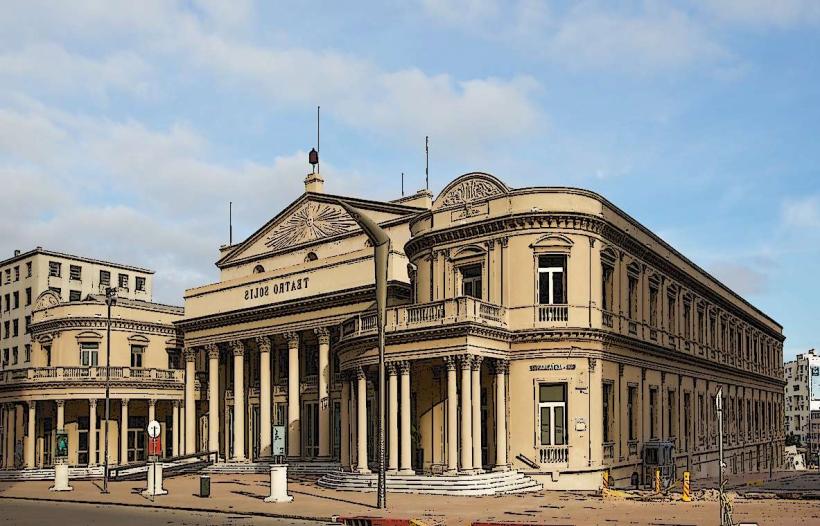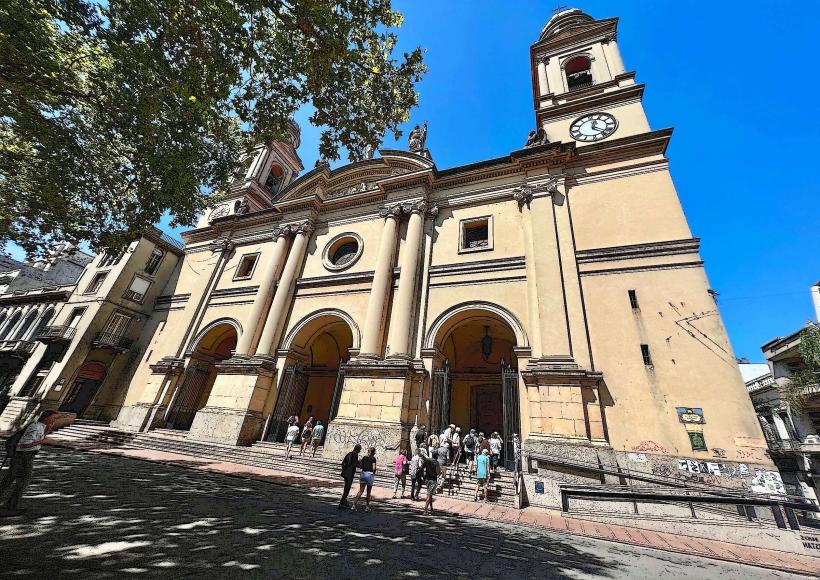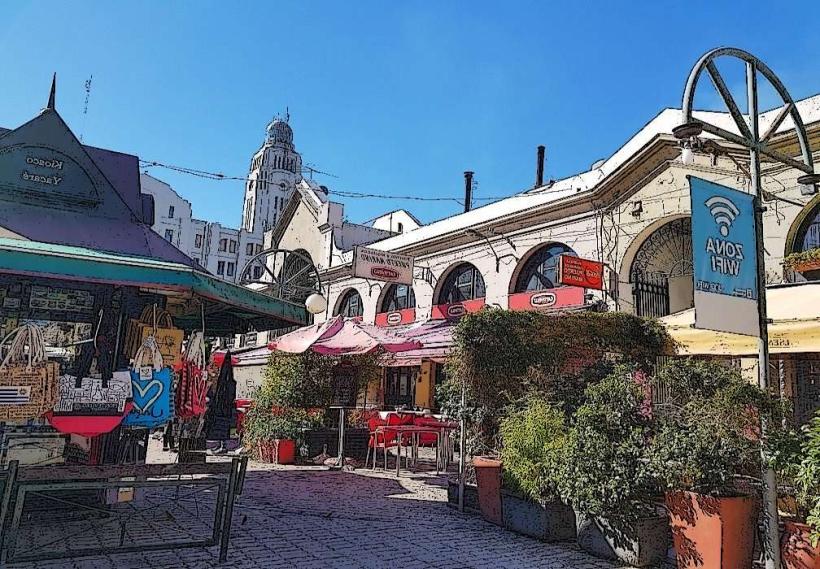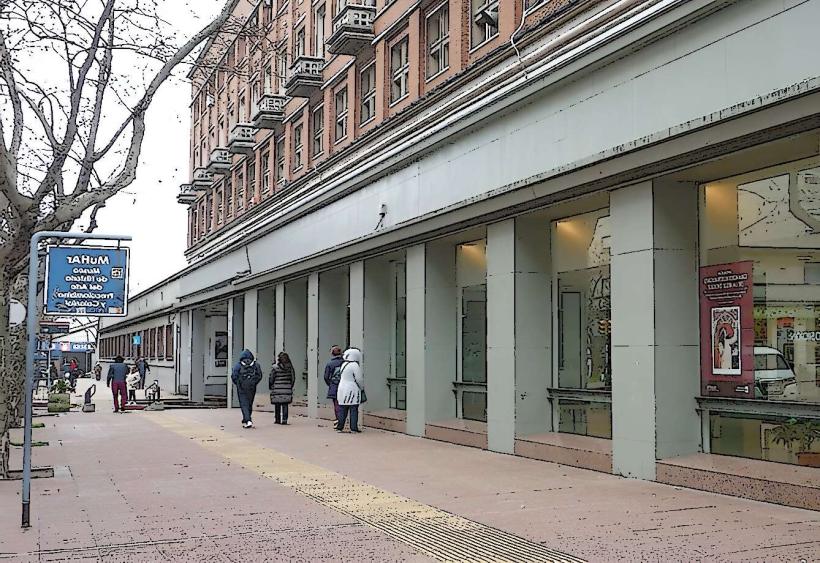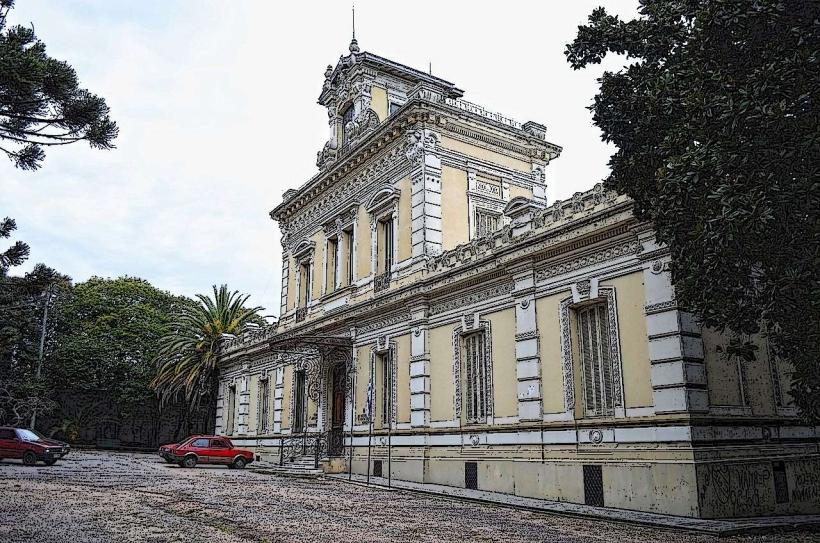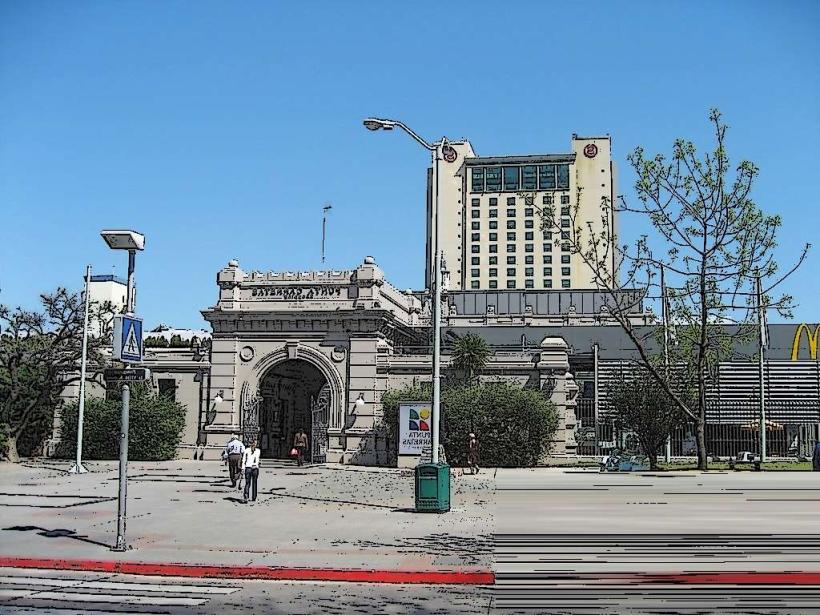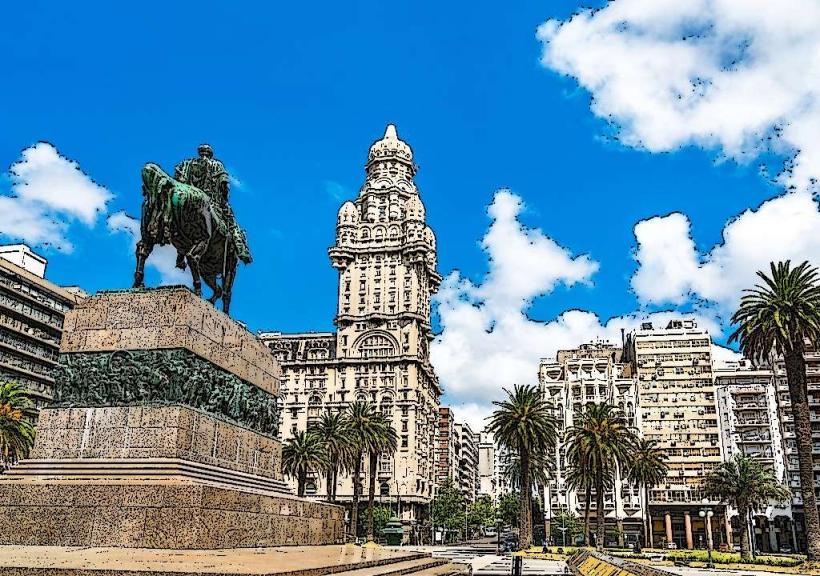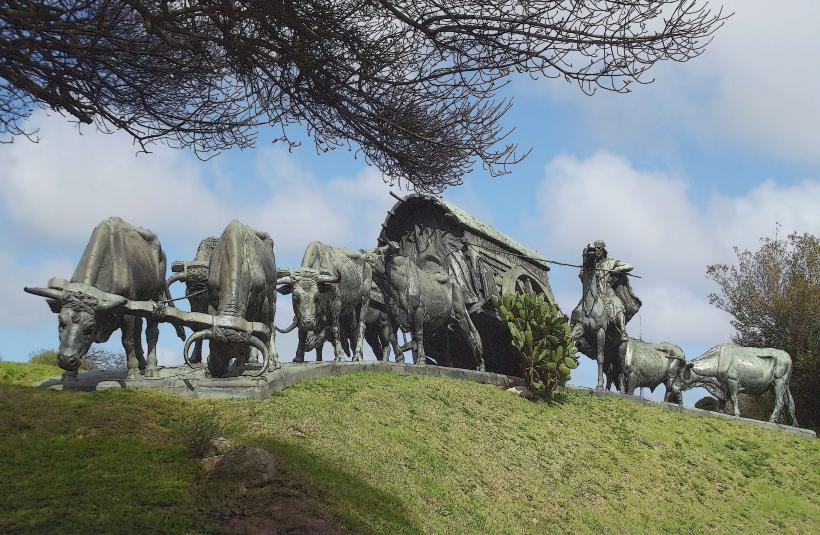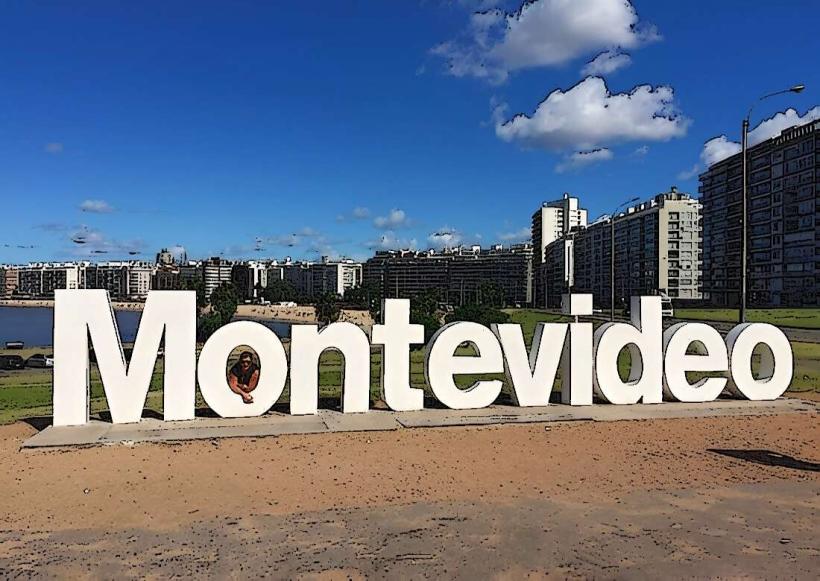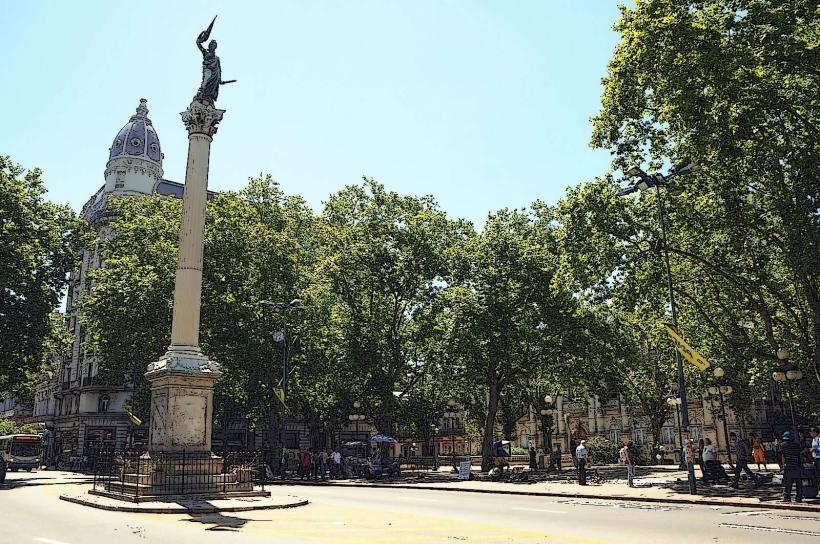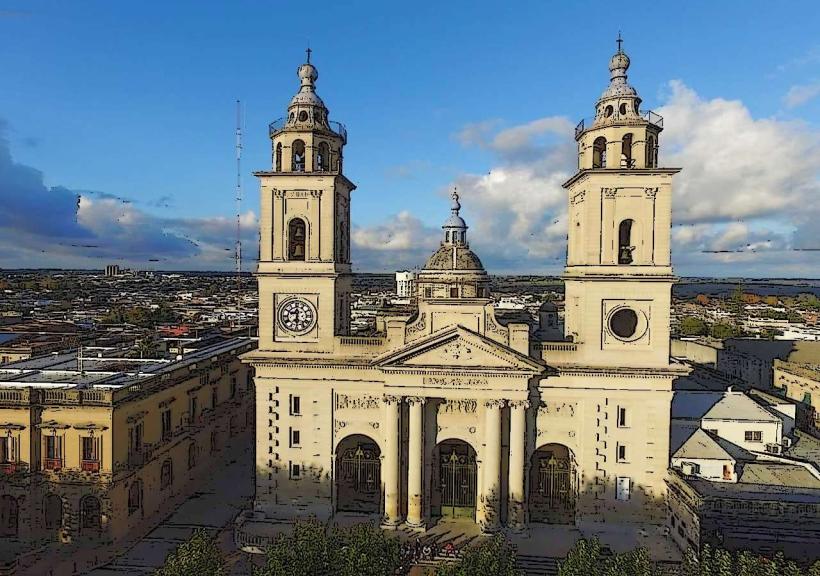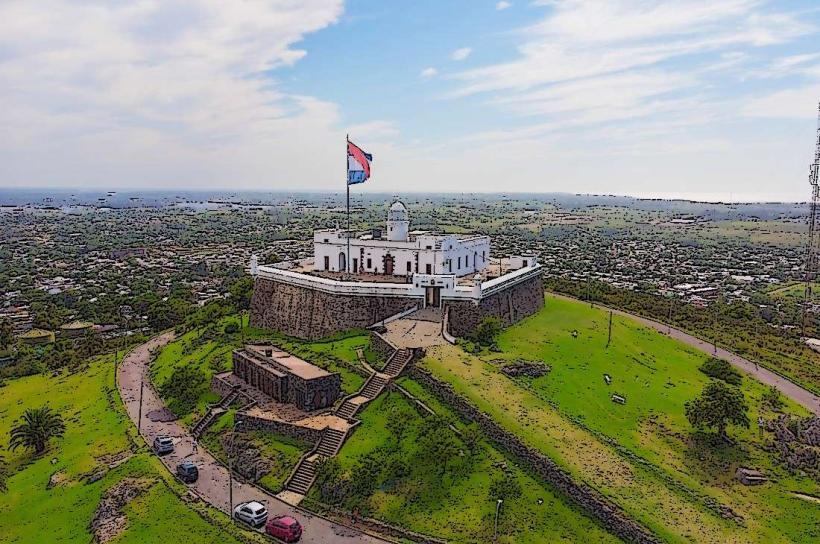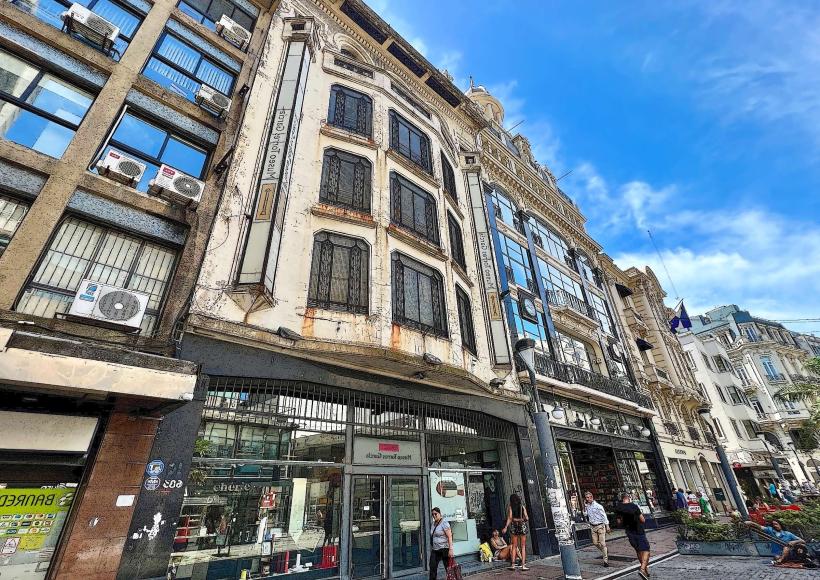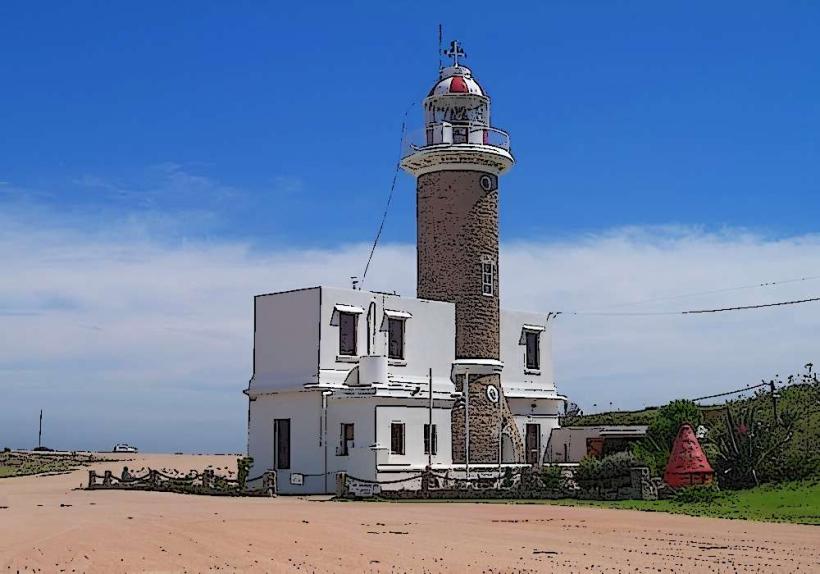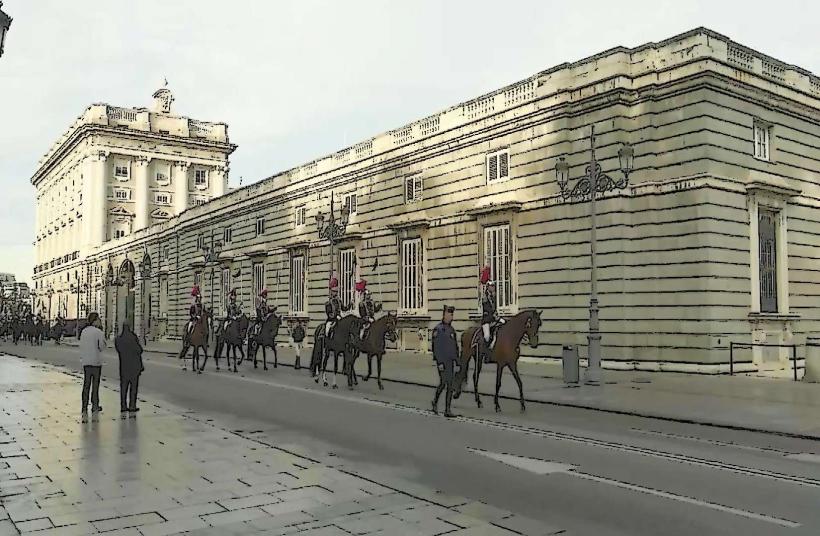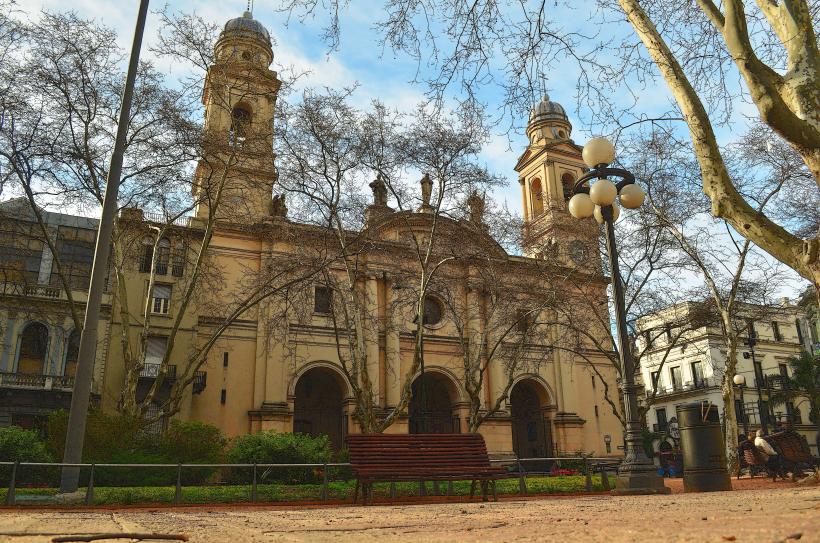Information
Landmark: Museo Nacional de Artes VisualesCity: Montevideo
Country: Uruguay
Continent: South America
Museo Nacional de Artes Visuales, Montevideo, Uruguay, South America
Overview
The Museo Nacional de Artes Visuales, Uruguay’s leading art museum, sits in Montevideo’s leafy Parque Rodó neighborhood, just steps from the lake.Inside, you’ll find the country’s biggest trove of Uruguayan art-paintings with cracked oil, bold sculptures, and intricate graphic works spanning from the 1800s to today.Founded in 1911, the MNAV stands among Uruguay’s oldest and most respected cultural landmarks, its quiet halls echoing with over a century of art and history.It aims to preserve, showcase, and celebrate Uruguayan art-think vivid oil paintings or bold street murals-making it a landmark for locals and travelers alike who want to connect with the country’s artistic heritage.Over the years, the museum has grown its collection through purchases, generous gifts, and long-term loans, until it became Uruguay’s most complete visual arts archive-walls lined with canvases that still smell faintly of oil paint.The venue often bursts with temporary exhibitions, lively workshops, and cultural events, from hands-on art classes to evening film screenings, keeping its place at the heart of artistic and intellectual life.The MNAV houses more than 6,000 works, with a strong focus on Uruguayan artists, from vivid coastal landscapes to bold abstract pieces.Among the museum’s highlights is Juan Manuel Blanes (1830–1901), the “painter of the nation,” whose canvases capture Uruguay’s history and countryside-galloping horses, dusty roads, and all.Works like *Artigas en la Ciudadela* and *El Juramento de los Treinta y Tres Orientales* capture the spirit of Uruguay’s fight for independence and the pride stitched into its national identity.Pedro Figari (1861–1938) gained fame for his lively, impressionistic scenes of Afro-Uruguayan culture, crowded carnivals bursting with bright banners, and the quiet rhythms of rural life.He brings everyday moments to life with a mix of bright energy and a hint of longing, like sunlight spilling across an old wooden table.Joaquín Torres García (1874–1949) was one of Uruguay’s most influential modern artists, shaping the Constructivist movement by blending crisp geometric forms with vivid Latin American symbols like suns and masks.His works-among them the bold, vibrant *Universalismo Constructivo*-form the heart of the museum’s collection.Carlos Páez Vilaró (1923–2014) was a multidisciplinary artist whose vibrant murals, bold paintings, and expressive sculptures pulsed with the rhythms of Afro-Uruguayan culture and the beat of candombe drums.Rafael Barradas (1890–1929) pioneered Vibracionismo, a vivid style that fused Cubism and Futurism to catch the rush of movement and the crackle of energy in his brushstrokes.At the Torres García School, the museum also displays pieces by his students-artists who carried the Constructivist tradition forward in Uruguay, their bold lines still sharp against the canvas.At the MNAV, you’ll find both permanent displays and short-term shows, from the bold brushstrokes of classic Uruguayan masters to the fresh, vivid work of today’s artists.It also offers art workshops for both kids and adults, from finger-painting to charcoal sketching.Guided tours and hands-on educational programs, like tracing old maps in a sunlit gallery.Talks and conferences exploring Uruguayan and Latin American art, from bold modernist murals to delicate colonial paintings.All year long, you can catch film screenings, hear live music echo through the hall, and enjoy vibrant cultural events.The museum’s building, designed by architects Eugenio Baroffio and Silvio Geranio, has been renovated several times to make room for its expanding collection, including a new gallery that still smells faintly of fresh paint.It offers spacious galleries lit with warm, modern lights and designed for striking, well-planned displays.It’s a research library that focuses on Uruguayan and Latin American art, with shelves lined in bright catalogues and old exhibition posters.A warm, echoing auditorium that hosts cultural events and the occasional film night.The museum shop brims with art books, bright posters, and small souvenirs you can hold in your palm.You’ll find it at Tomás Giribaldi 2283 in Parque Rodó, Montevideo, Uruguay, open most days from Tuesday to Sunday, 1 p.m. to 8 p.m.-though the door stays shut on Mondays.Admission’s free, but we’d love a small donation-enough for a cup of coffee helps keep the lights on.The museum’s fully wheelchair accessible, with ramps at the entrance, and it provides helpful resources for visitors with disabilities.Why not stop by the MNAV and see its bright, echoing galleries for yourself?If you’re curious about Uruguay’s art, history, and culture, don’t miss the Museo Nacional de Artes Visuales-you can stand inches from vivid canvases that seem to hum with color.Brimming with striking paintings, intricate sculptures, and bold contemporary pieces, it offers a vivid glimpse into the unfolding story of Uruguay’s art.Whether you’re an art lover, a student, or just wandering in out of curiosity, the MNAV invites you to step inside and discover Uruguay’s vibrant visual arts heritage, from bold oil paintings to delicate sketches, in a space that both inspires and teaches.


